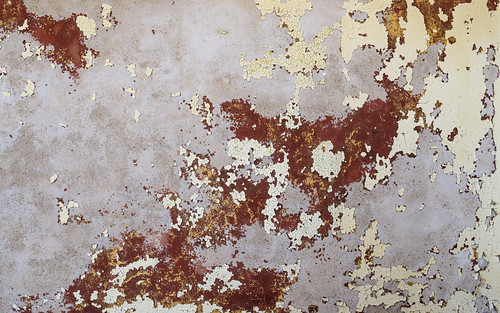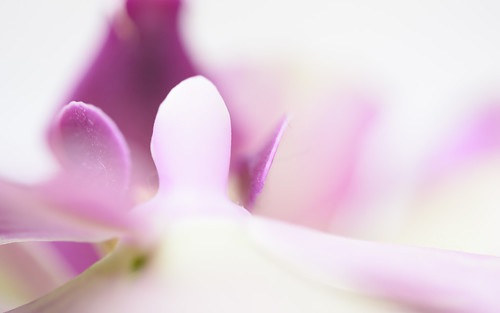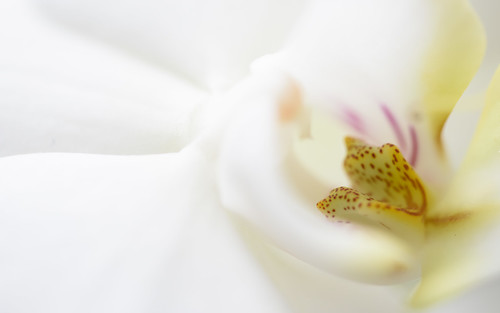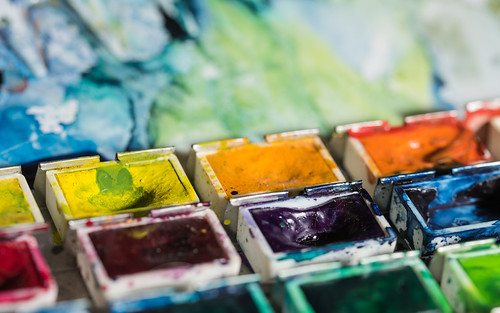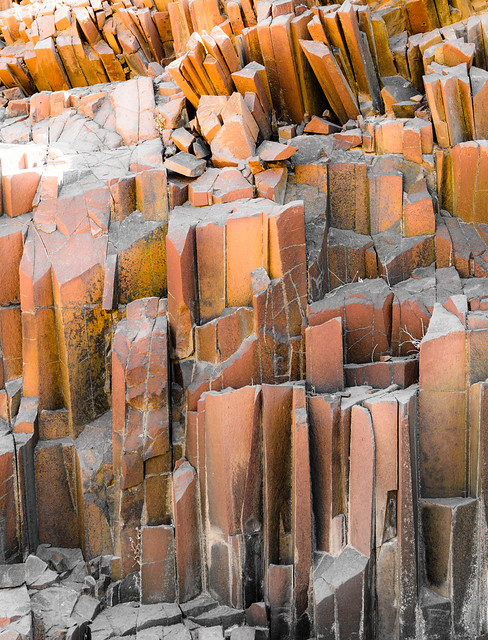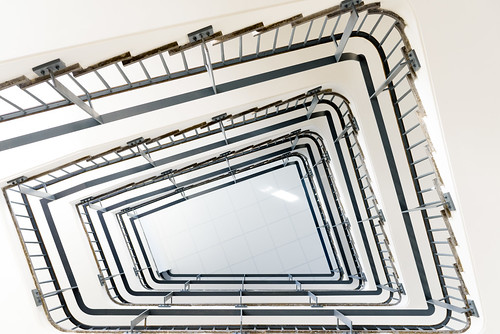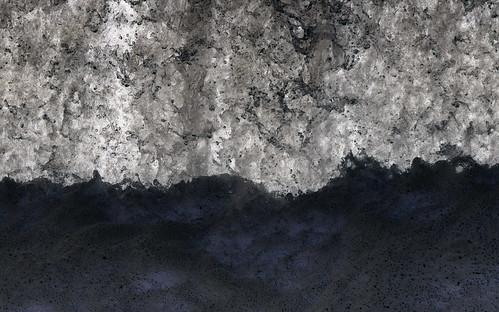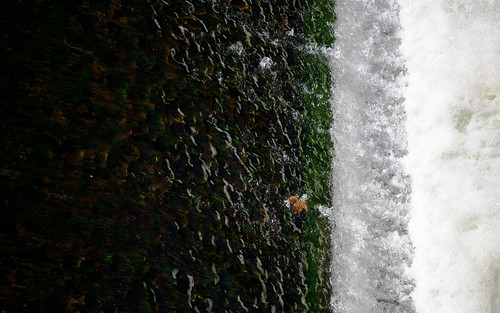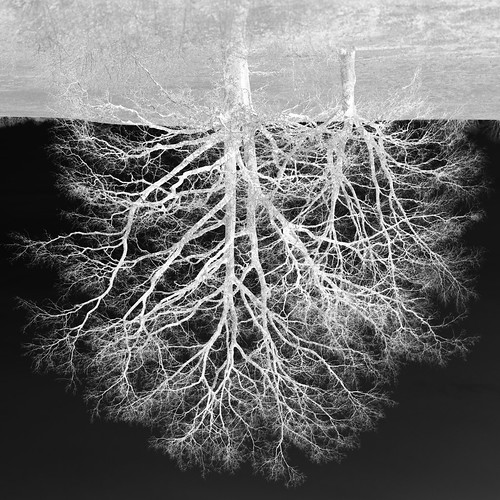Just came back from shooting black (and white) tulips for an upcoming foto contest.
After doing the obvious stills from the bouquet I went wild with some long-exposure experiments with moving camera.
Lots of shots, little satisfying results - but I knew from experience that you have to be patient.
Two shots came out in a way I liked:
The first one called "Tumbling Tulips" was shot at 1 second during which I turned the camera:

I like the dynamics suggesting a vase tumbling over. But I can assure you: no flowers (or vases) were harmed in this experiment ;-)
The second shot was of the "drop the camera" type at 1/4 sec. Called "White Space":

The colors and contrast was tweaked in post-processing. And naturally the images needed some amount of cropping. But everything else in these compositions comes straight out of the camera from a single long-exposure shot..

